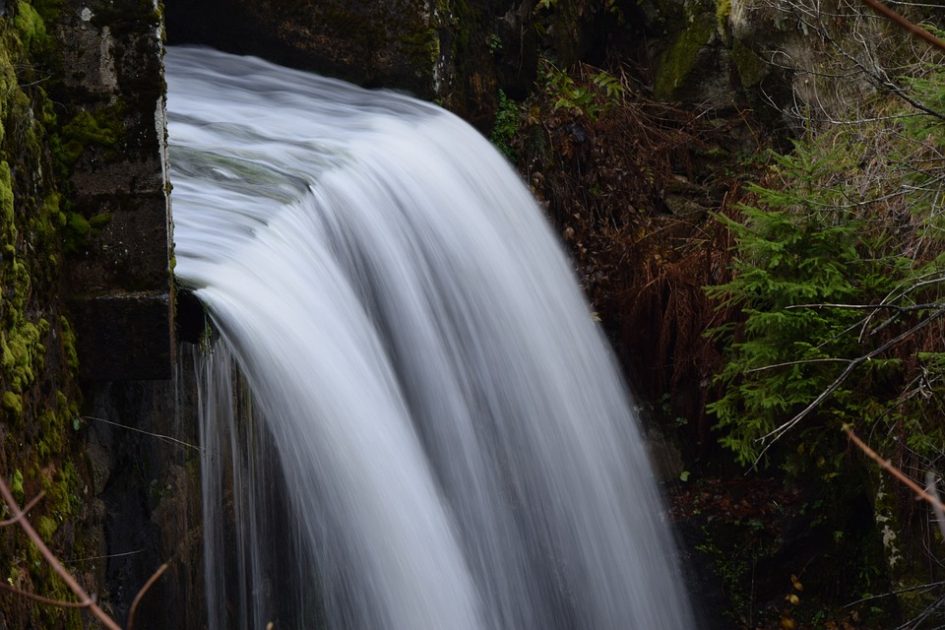It’s a statutory requirement for construction managers to acquire a permit and have a stormwater pollution prevention plan (SWPPP) in place. Part of the compliance includes SWPPP inspections which are done to ensure that construction areas are discharging unpolluted stormwater. A professional inspector may check your site frequently throughout the construction period or immediately after considerable rainfall. The stormwater inspections involve several steps, including a review of documents relevant to the construction work. Here is a quick guide on what to expect from a stormwater inspection.
Inspection of the Discharge Points
The inspector will start at the lowest point of your site and have a comprehensive check on the discharge outlets. If there are signs of discharge, the professional will want to assess the extent to which the polluted water travels and how it impacts on the drainage system. Besides, the expert may collect samples of stormwater for lab testing.
Checking the Perimeter Controls
You erect perimeter controls to intercept and remove soil and debris from stormwater. Standard perimeter control techniques include ditches, silt fences, sediment traps, and sandbags. During a stormwater inspection, the professional will ascertain the sediment controls are correctly installed and maintained.
Inspection Of The Disturbed Areas
The inspector will proceed to check the disturbed areas that are currently not under active construction. It’s highly advisable to ensure that such areas are covered permanently or temporarily to prevent soil erosion during a storm. Additionally, you may be required to stabilize exposed soil and abnormally wet areas.
Comparison of best management practices (BMP)
Best management practices required by the SWPPP include construction and maintenance of retention basins, dry ponds, sand filters, and vegetated channels. You need to comply with the BMPs to obtain a permit and also reduce the complications stormwater in your construction site. The inspector will compare the outlined BMPs with the actual structures in your construction area.
Sample Collection
As mentioned earlier, the inspector may collect samples from your site for lab testing or further analysis. This includes the collection of stormwater samples as well as taking photographs of particular structures and areas to support the findings.
Review of Findings
Once the stormwater inspections process is complete, the inspector may interview your site manager. What follows is a brief discussion of the initial results (both positive and negative) and what should be done to improve the negatives. After analysis of the findings, the inspection agency will prepare a comprehensive report which becomes a legal document.
SWPPP inspections are carried out by state professionals to ensure that stormwater leaving construction sites is unpolluted besides being a requirement by the state environmental agencies. When you invite a stormwater inspector at your site, he or she will inspect various areas as outlined above while ensuring that you comply with the stormwater BMPs. Finally, a legal report is prepared upon review of the findings, samples, and photographs.

Leave a Reply